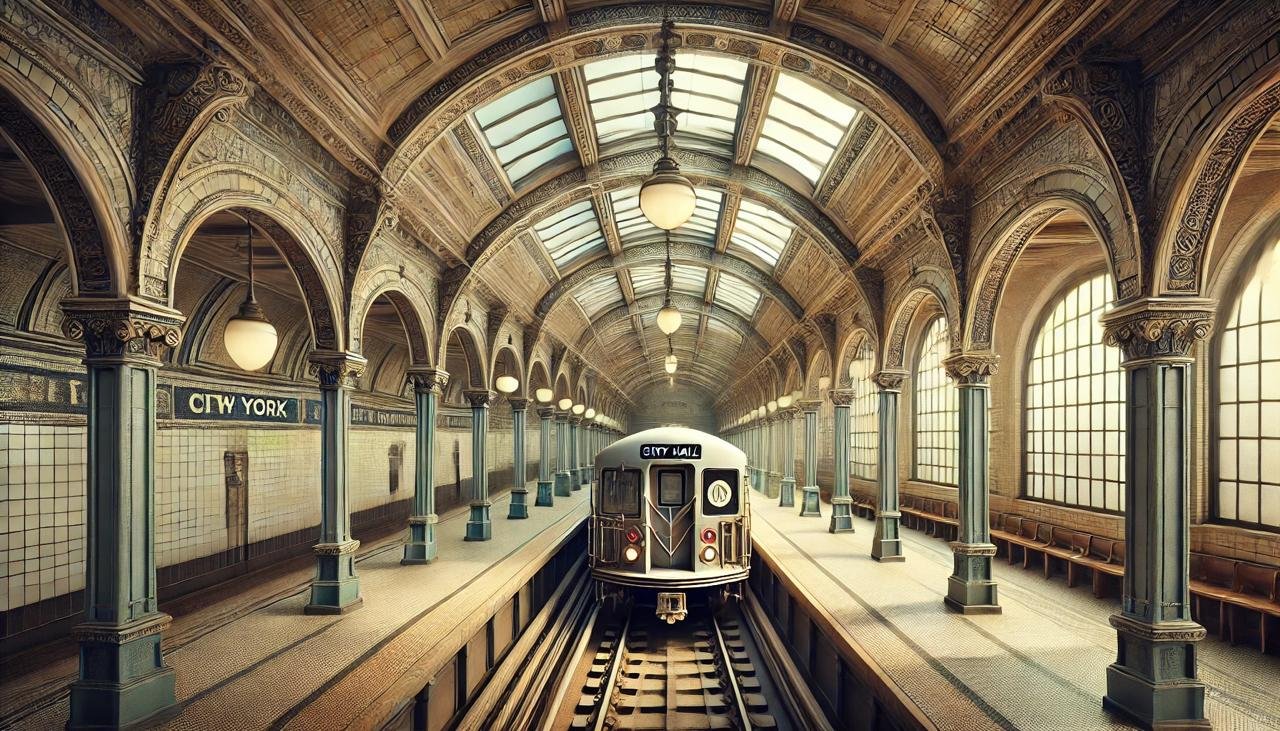What is the oldest subway line in NYC?
This topic is a piece of history and significance about the evolution of transportation in an urban city, such as New York City. From the early days of the 20th century when it started to operate, the subway has become an iconic part of New York City's identity. Herein, we shall be tracing the beginnings of the subway, its oldest line, and the impact of the subway on the city and its residents.
Genesis of the Subway System
The idea of a subway in New York City was born out of necessity. The city was experiencing rapid population growth by the late 19th century, and its streets were severely congested. To solve this problem, city planners and engineers began to envision an underground transit system. The first subway line officially opened on October 27, 1904, marking a significant milestone in public transportation.
The Oldest Subway Line: The IRT Lexington Avenue Line
The oldest subway line in New York City is the IRT Lexington Avenue Line, which initially went from City Hall to 142nd Street. The Interborough Rapid Transit Company designed this line to meet the demands of the population-dense neighborhoods of Manhattan. It initially consisted of 28 stations and had a distance of around 9 miles.
Historical Importance
The Lexington Avenue Line was novel for many reasons:
Engineering Marvel: It was full of complex engineering feats. For instance, it went under rivers and had to navigate already established infrastructure.
Accessibility: The subway greatly opened up areas of neighborhoods that needed this access for their residents so they could access job centers and cultural venues.
Cultural Icon: The subway fast became an icon for New York and had everything from art to literature influence how New Yorkers moved about their city.
The original section of the IRT Lexington Avenue Line has been expanded and renovated several times over the years. Today, it is an artery for millions of commuters daily.
Modern Developments and Maintenance
As with any aging infrastructure, maintaining the subway system is crucial for safety and efficiency. Over the years, various initiatives have been undertaken to modernize and upgrade the subway lines. This includes implementing advanced signaling systems, improving station accessibility for individuals with disabilities, and enhancing overall cleanliness.
In this regard, services like Sparkly Maid NYC are crucial for public space cleanliness, such as subway stations. They have the commitment to offer cleaning services of the highest standards so that these transit centers remain safe and accessible for everyone.
Public Transportation in New York City Life
Public transportation is not only a means of getting from point A to point B, but it's also a lifeline for many New Yorkers. The subway system provides the most efficient way of commuting long distances without hurting the environment as much as car travel. It also encourages social interaction among people of diverse populations.
This can be pretty tough to implement because the major concern of most is about cleanliness. Companies such as Sparkly Maid NYC have a key role in such scenarios because they provide professional cleaning services to maintain a clean hygienic environment in public places, thereby making public commuting more pleasant for people.
Subway Legacy
The IRT Lexington Avenue Line testifies to New York City's innovative spirit and strength. Being the oldest subway line in NYC, this has not only shaped transportation in the urban environment but also influenced the culture and lifestyle of the city as a whole. It will be essential to keep ensuring that this vital transit system remains clean and well maintained for current and future generations.
For all those who would like their places to be as clean as the classic New York subway stations, services like Sparkly Maid NYC offer very good cleaning solutions for almost any need. With such a service, you may enjoy a home or office that shines like new and appreciate the historical value of your city's transit.
